Why Everyone Is Talking About Growing Cowpeas – Find Out What You're Missing!
BeansCowpeas, also known as black-eyed peas, southern peas, or field peas, are an excellent crop to grow in any garden. Besides being delicious, field peas are high in protein and other essential nutrients. Cowpeas are also beneficial plants to rotate through your garden and enrich your soil. Additionally, cowpeas can be picked as green beans, snap beans, or dry beans. With so much potential good, it’s time to grow cowpeas in your garden.

Cowpeas, scientifically known as Vigna unguiculata, is a type of bean often referred to as field peas. Black-eyed peas are the most well-known and popular variety of cowpeas, and they have a rich tradition of being eaten on New Year's Day to bring good luck.
There are many heirloom varieties that offer fresh, unique flavors, with Pink-eyed peas being creamier and milder than Black-eyed peas.
Cowpeas, black-eyed peas, field peas – whatever you call them, these legumes are a staple in many cultures and a delicious addition to any meal. Yet, many gardeners have yet to unlock the secrets of growing these protein-packed gems.
How to Grow Cowpeas
Cowpeas are easy to grow and can be directly sown. They thrive in hot, dry weather and can be harvested at any stage, from small, tender beans to dried beans.
Succession planting is a great way to have a continual harvest all the way until the first frost. Start by planting when the soil is warm, and then keep planting every two weeks until about 70 to 80 days before your first fall frost. In frost-free locations, cowpeas can be grown year-round.
Plant cowpea seeds 1 inch deep and 3 inches apart in rows 3 feet apart. Keep the soil moist, and the seeds will germinate in 8 to 10 days.

When to plant cowpeas
Cowpeas thrive in heat and are frost-sensitive, so wait until all danger of frost has passed and the soil is warm. Cowpeas will have better germination rates when the soil is between 65 and 95ºF.
Soil
Cowpeas can grow in a variety of soils but will do best in well-drained soil with a neutral to slightly alkaline pH. Soil that stays waterlogged can lead to root rot.
Sun
Full sun is best for cowpeas and will result in higher yields. Choose a location with at least 6 hours of direct sunlight. Eight or more hours is even better. If temperatures are consistently above 95ºF, the plants will appreciate some afternoon shade.

Fertilizer
Because cowpeas can fix nitrogen in the soil, they generally don’t need extra fertilizer. Before planting, you can add a 5-10-10 fertilizer. Any extra nitrogen will result in bigger vines but fewer beans. Consider rotating cowpeas with corn, tomatoes, and other crops that appreciate the added nitrogen.
Watering
Give cowpea plants at least an inch of water per week. They like hot, dry summers and are considered drought-tolerant, but they do need enough water to keep them producing. However, if the ground stays too wet, it can lead to root rot.
Trellising
Using a pea trellis can be beneficial for both vining and pole varieties of cowpeas. A trellis can hold up the plants and keep leaves and pods off the ground where they are more susceptible to disease.

Harvesting Cowpeas
The best time to harvest cowpeas is at whatever stage you like to eat them. However, you’ll want to harvest often to keep the plants producing.
For snap beans, you can harvest cowpea pods when they are young and green. At this stage, they are like green beans, although they come in different colors. The seeds inside are not fully developed, and the pods may be 3-4 or 6-10 inches in length, depending on the variety. These young beans are best eaten right away. They can also be frozen for longer-term storage.
To harvest dried cowpeas, leave them on the vine to dry. The pods will shrivel up, and the beans will be hard. At this point, they should rattle in the pod. These dried cowpeas can be shelled and stored in a dry, airtight container. Make sure they are completely dry before storing.

Cowpea Pests & Diseases
Like all crops, cowpeas can be susceptible to pests and diseases.
Cowpea Curculio is a common pest in southern locations. The adults cause damage by feeding on all parts of the plant. Females lay eggs inside the pods, and the hatching larvae are protected while they feast inside the pod. Cowpea curculios are the worst in spring, but sometimes, a fall crop has less pest pressure.
Aphids are a common pest for many plants. Use these helpful methods to get rid of them.
Powdery mildew, rust, fusarium wilt, and other diseases can affect cowpea plants. Using drip irrigation can help reduce fungus growth, and rotating crops can help avoid soil-borne diseases.

Cowpea FAQs
Can you plant cowpeas in containers?
Cowpeas can be grown in containers if they have enough room for their roots and good soil drainage. Pink-eye is a good variety for growing in containers because it has more compact growth. For vining varieties, you can use a trellis in a pot or next to the pot.
Why Grow Cowpeas?
Cowpeas, also known as black-eyed peas or field peas, are a versatile and beneficial legume crop to consider for your garden. Here are some key reasons why they're worth growing:
Soil Health: Cowpeas enrich the soil by fixing nitrogen, thanks to their symbiotic relationship with soil bacteria. This natural process reduces the need for synthetic fertilizers and improves soil fertility.
Drought Resistant: They're remarkably drought-resistant, making them perfect for areas with sporadic rainfall.
Soil Conditions: These hardy plants can thrive in poor soil conditions that might not be suitable for more demanding vegetables. Cowpeas can perform well even in sandy soils.
Cover Crop: In summer cover crop mixtures, cowpeas enhance soil tilth and structure. They serve as an excellent cover crop to protect against erosion and suppress weeds.
Nutrition: Cowpeas are packed with protein and other nutrients, making them a healthy addition to your diet.
Harvest Flexibility: Depending on your preference and the timing, you can harvest cowpeas as green beans, snap beans, or dry beans.
All in all, cowpeas provide multiple benefits, ranging from improving soil health to offering nutritious edible beans, making them a valuable addition to any garden.
If you haven’t added cowpeas to your garden, now is the time. These plants have multiple benefits for you and the soil.






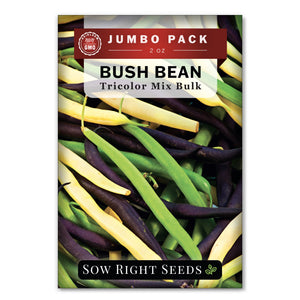
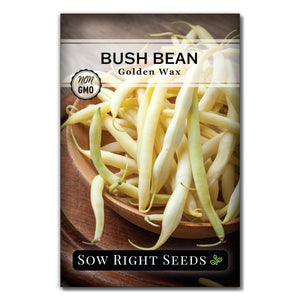
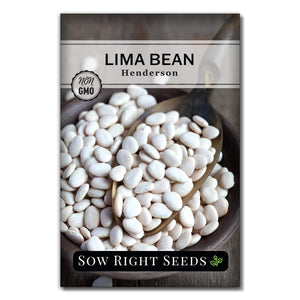
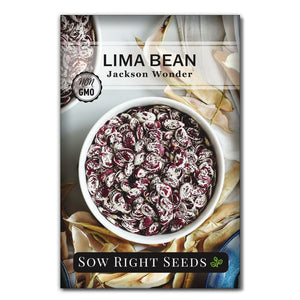
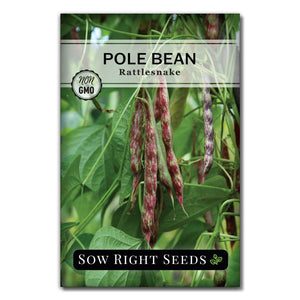
Leave a comment